The tokenization market exhibits a dynamic competitive landscape, characterized by rapid technological advancements and increasing regulatory clarity. Key growth drivers include the rising demand for digital assets, enhanced security protocols, and the need for efficient transaction processes. Major players such as Tokeny Solutions (LU), Chainalysis (US), and Securitize (US) are strategically positioned to leverage these trends. Tokeny Solutions (LU) focuses on providing a comprehensive platform for token issuance and management, emphasizing regulatory compliance and user-friendly interfaces. Chainalysis (US) has carved a niche in blockchain analytics, offering tools that enhance security and compliance, which are critical in a market that is increasingly scrutinized by regulators. Securitize (US) is notable for its innovative approach to digital securities, facilitating seamless tokenization of traditional assets, thereby broadening the scope of investment opportunities. Collectively, these strategies foster a competitive environment that is both collaborative and competitive, as companies seek to differentiate themselves through technology and service offerings.
In terms of business tactics, companies are increasingly localizing their operations to better serve regional markets, optimizing supply chains to enhance efficiency and reduce costs. The competitive structure of the tokenization market appears moderately fragmented, with several players vying for market share. However, the influence of key players is substantial, as they set industry standards and drive innovation. This fragmentation allows for niche players to emerge, yet the dominance of established firms like Chainalysis (US) and Securitize (US) shapes the overall market dynamics.
In October 2025, Tokeny Solutions (LU) announced a strategic partnership with a leading financial institution to enhance its tokenization services. This collaboration is expected to streamline the process of asset tokenization, making it more accessible to institutional investors. The strategic importance of this partnership lies in its potential to expand Tokeny’s market reach and solidify its position as a leader in compliance-focused tokenization solutions.
In September 2025, Chainalysis (US) launched a new suite of tools aimed at improving transaction monitoring for digital assets. This initiative is particularly significant as it addresses growing concerns regarding fraud and regulatory compliance in the tokenization space. By enhancing its analytics capabilities, Chainalysis not only strengthens its market position but also contributes to the overall integrity of the tokenization ecosystem.
In November 2025, Securitize (US) secured a major investment round to further develop its digital securities platform. This funding is likely to accelerate the company’s growth trajectory, enabling it to enhance its technology and expand its service offerings. The strategic importance of this investment lies in its potential to position Securitize as a frontrunner in the digital securities market, particularly as institutional interest in tokenized assets continues to rise.
As of November 2025, current competitive trends in the tokenization market are heavily influenced by digitalization, sustainability, and the integration of artificial intelligence (AI). Strategic alliances are increasingly shaping the landscape, as companies recognize the value of collaboration in driving innovation. Looking ahead, competitive differentiation is expected to evolve, with a notable shift from price-based competition to a focus on technological innovation, reliability in supply chains, and enhanced customer experiences. This transition underscores the importance of adaptability and forward-thinking strategies in a rapidly changing market.


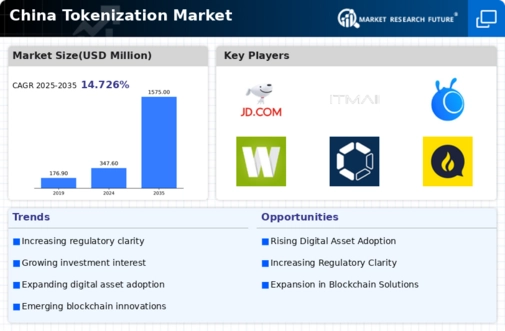


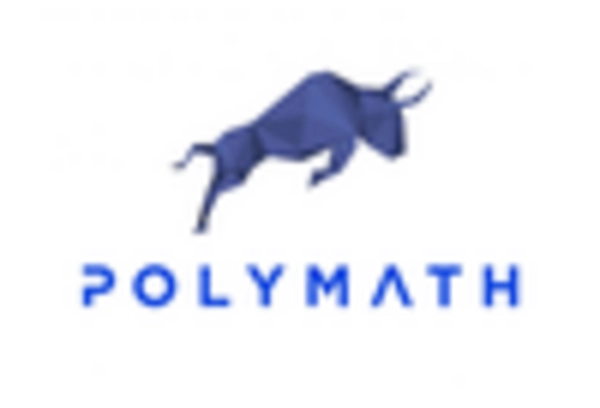
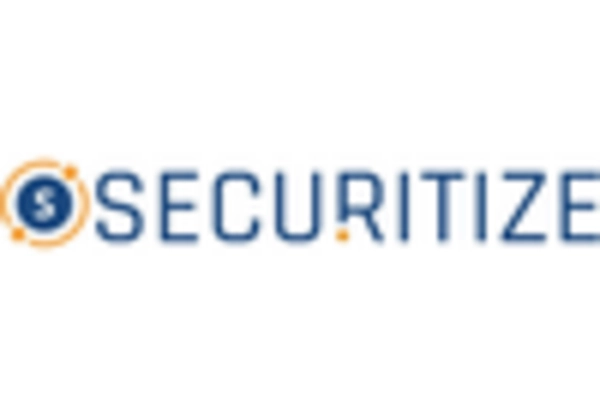
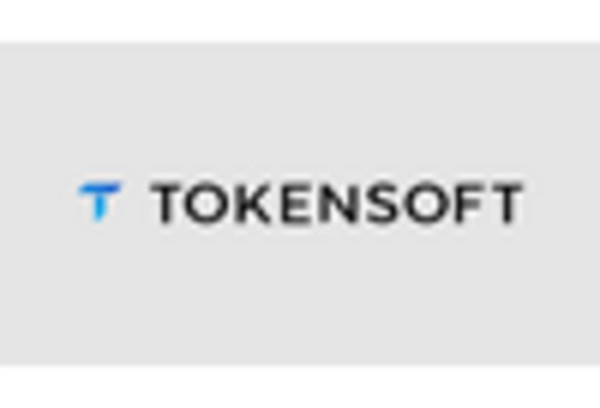
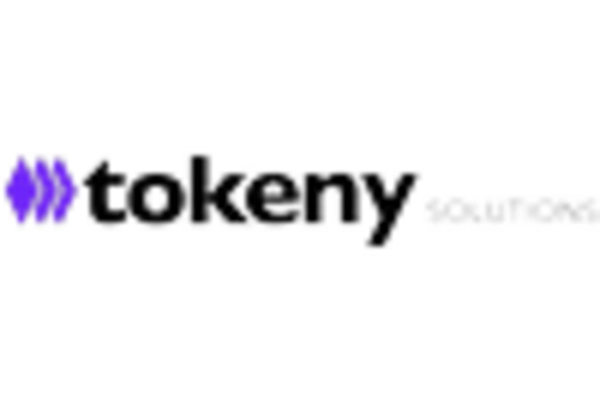








Leave a Comment